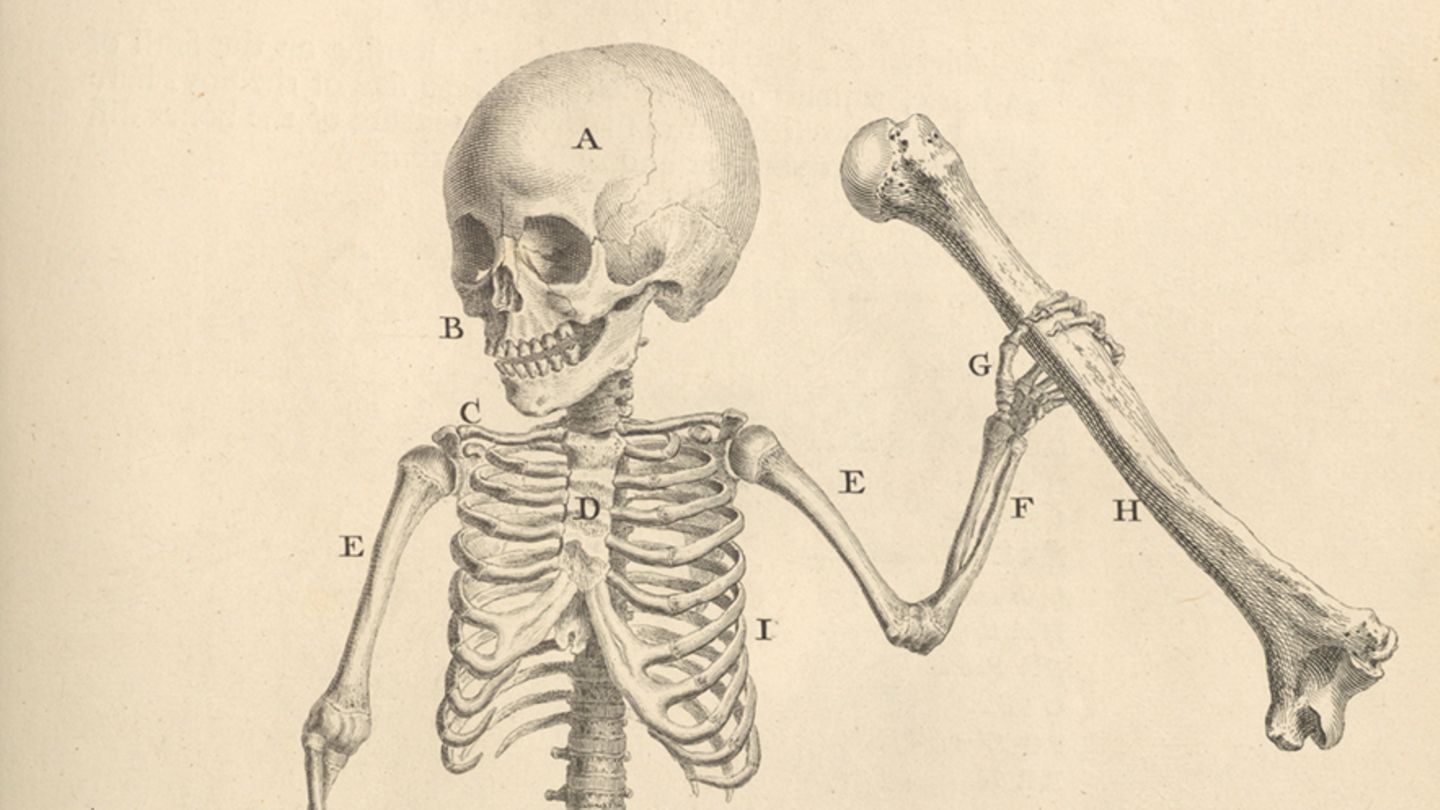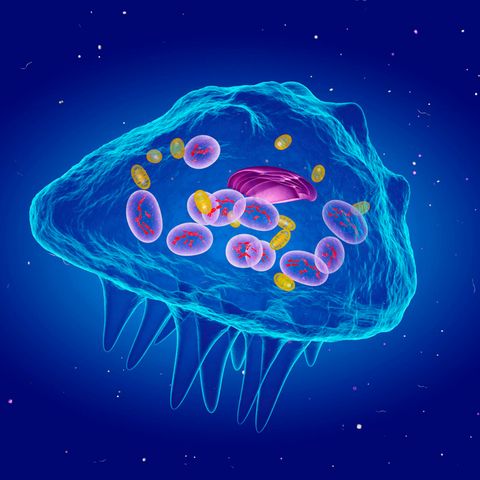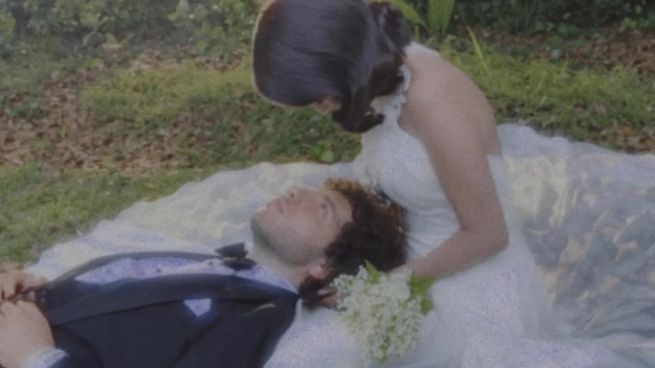5000 years of medicine
Anatomy story: As we have learned to understand our body
Copy the current link
Add to the memorial list
The human body is fascinating. We have been breaking it into individual parts for thousands of years and yet he always surprises us. The history of anatomy in pictures.
We are hungry, the stomach growls. When stressed, the head can leave hair and break the heart with extreme lovesickness. In old age, the ears suddenly grow bigger, but the penis smaller. The human body is a fascinating – and a wearing part. Man tries to understand his body for thousands of years. For this he was meticulously broken down and explored again and again over time. History and science author Colin Salter has rummaged through the archives and has traced the history of anatomy based on more than 150 books from all over the world.
The oldest preserved records of anatomy come from ancient Egypt. The Papyri are about 3600 years old, but refer to writings that are suspected that they could have been written up to 5000 years ago. In the document that is now known as “Papyrus Edwin”, instructions for the treatment of war injuries are written down. “He is unique among the less well -known medical papyri, since it is a thoroughly practical manual, whose treatments are based on observation and practice and not on summoning and superstition,” said Salter. However, this document also contains a handful of “magic sayings as the last resort”.
Science of anatomy controversial
The roots of modern science of anatomy are in the 16th century, as not only surgeons but increasingly also developed artists interest in the human body. At that time, public anatomy demonstrations were offered. Nevertheless, researching the body remained for a long time because it literally gets under the skin. “Social conventions caused that dissection were often illegal or was viewed as blasphemy or at least tasteless,” Salter writes.
Both Leonardo da Vinci and Michelangelo are said to have had a kind of “back door” with hospitals in order to be able to perform their studies on corpses. The corpses of convicted criminals were later used. Salter writes to dissect them as an additional punishment. And in the 19th century, when the teaching of anatomy suddenly became popular, the lack of “examination material” even led to the fact that robbers specialized in looting graves to sell them to lecturers and students.
Anatomy time travel-from ancient Egypt to the 21st century
Colin Salter’s book “History of Anatomy” is a journey through time through five millennia discovery of the human body – from anatomy of antiquity to the technological advances of the 21st century. In his book, he deals with scientific progress through the millennia, but also the influences of religion and art on the development of anatomical theories. The band is illustrated with many illustrations from the eras, including the eight of the photo gallery above.
Source: Stern
I’m Caroline, a journalist and author for 24 Hours Worlds. I specialize in health-related news and stories, bringing real-world impact to readers across the globe. With my experience in journalism and writing in both print and online formats, I strive to provide reliable information that resonates with audiences from all walks of life.





